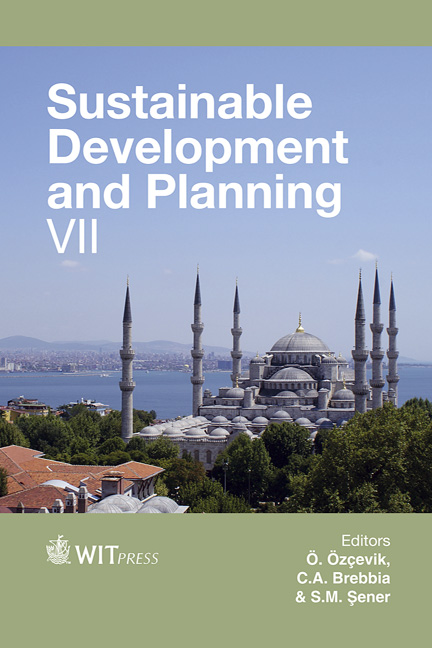Design Of Experiments For Determining The Parameters Affecting The Behavior Of The Wheat Straw Adsorbent Of Hydrocarbons Dispensed In Water
Price
Free (open access)
Transaction
Volume
193
Pages
10
Page Range
467 - 476
Published
2015
Size
555 kb
Paper DOI
10.2495/SDP150401
Copyright
WIT Press
Author(s)
C. Tsiodra, K. Chatzizacharia, S. Papadaki, A. Bakolas, D. Economides, D. Sidiras, D. Hatziavramidis
Abstract
Wheat straw, a lignocellulosic matter, with content up to 20% lignin on dry basis has been found to be an efficient adsorbent of hydrocarbons in water. In the present study the hydrocarbon absorptive capability of wheat straw that was previously treated with acid is investigated in oil spills which were created in the laboratory by dispersing diesel and crude oil in water. A 3-level Box–Behnken design of experiments has been executed in order to determine the parameters affecting the behavior of the acid-hydrolyzed wheat straw as an adsorbent, with design factors the maleic acid (MC4H4O4) concentration, and hydrolysis parameters temperature and reaction time. The absorbency of wheat straw is appraised by a combination of analytical methods such as Mercury Porosimetry (MP), Thermogravinetric Analysis (TGA), Total Organic Carbon (TOC) and Scanning Electron Microscope (SEM).
Keywords
wheat straw, oils spills, TGA, SEM, TOC, porosimetry





